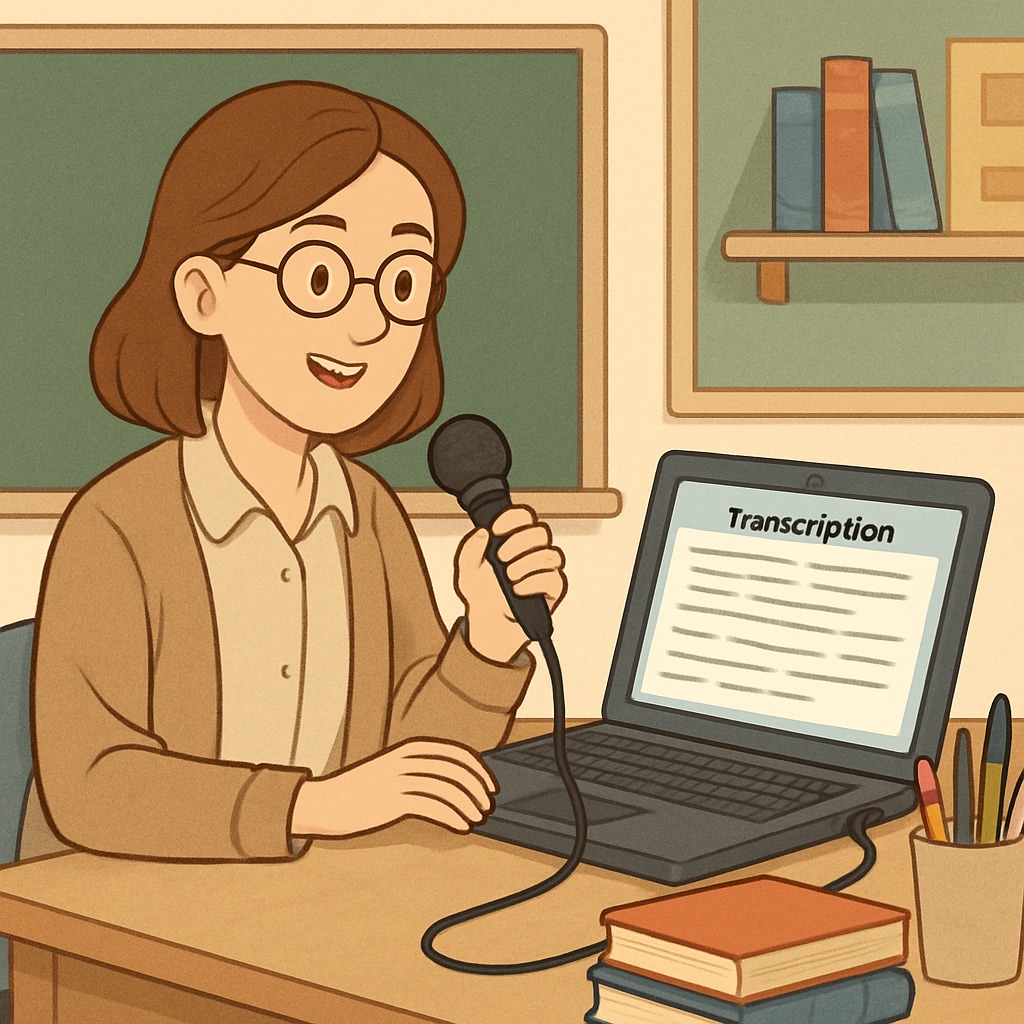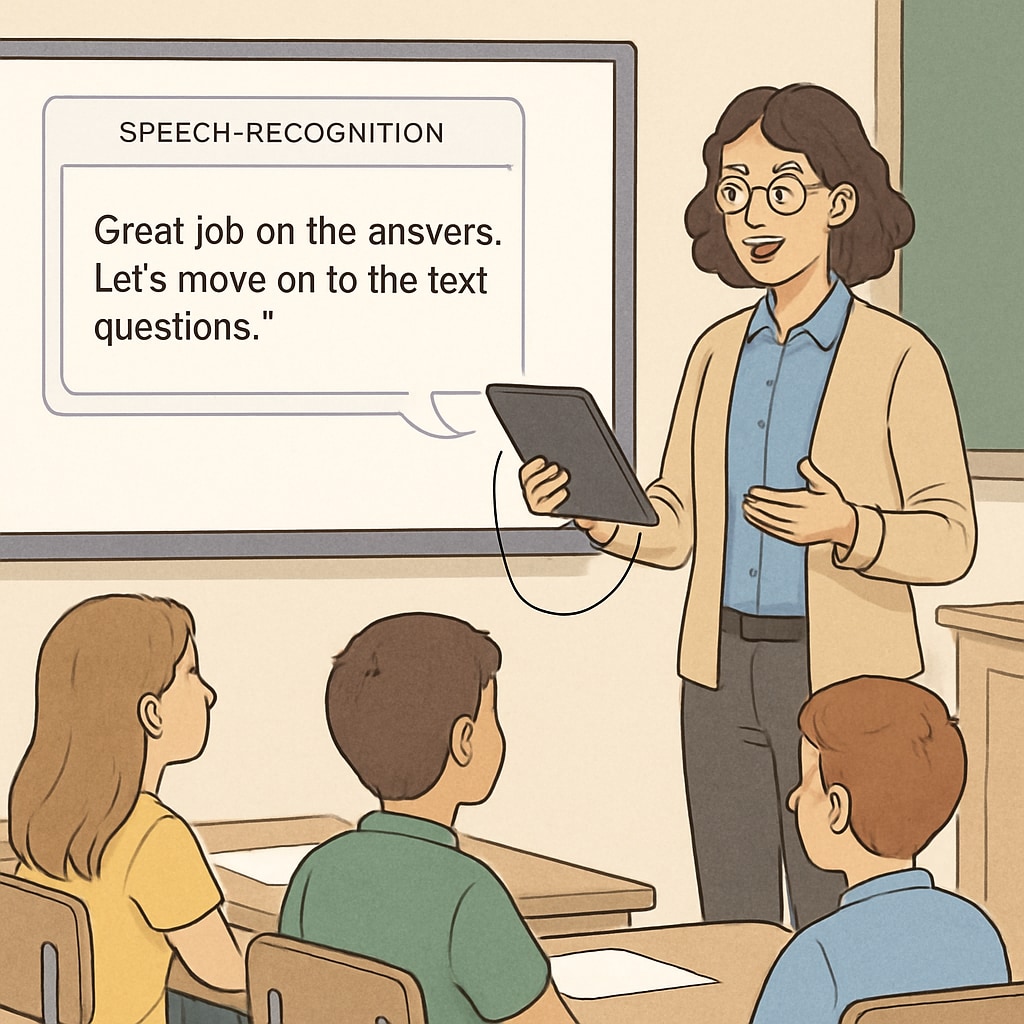In the fast-paced world of K12 education, speech-to-text technology has emerged as a game-changer, particularly with tools like WillowVoice. This innovative solution is helping educators streamline their teaching workflows, significantly reducing time spent on administrative tasks and allowing them to focus on delivering high-quality instruction. By leveraging speech recognition, teachers are not only enhancing their efficiency but also redefining their relationship with routine documentation and reporting.
Imagine a classroom where teachers can dictate lesson notes, student feedback, or administrative reports, and see them instantly transcribed into text. This is no longer a futuristic dream but a current reality, thanks to advancements in speech recognition technology. With tools like WillowVoice, educators can now save hours each week, paving the way for a more engaging and impactful teaching experience.
How Speech Recognition Enhances Teacher Productivity
Teachers often juggle multiple responsibilities, from preparing lessons to grading assignments and completing administrative paperwork. These tasks, while necessary, can be time-consuming and detract from the core mission of teaching. Speech-to-text technology provides a solution by automating much of the documentation process. Here’s how:
- Faster Documentation: Teachers can dictate reports, lesson plans, or even emails, which are instantly converted into text. This saves time compared to manual typing.
- Improved Accuracy: Modern tools like WillowVoice offer high accuracy rates, reducing the need for revisions and corrections.
- Accessibility Benefits: Speech recognition tools are particularly beneficial for teachers with physical disabilities or those who experience repetitive strain injuries from typing.
For example, a high school English teacher in California reported saving up to two hours daily by using WillowVoice to prepare student progress reports. Instead of typing detailed feedback for each student, the teacher simply spoke, allowing the tool to handle the transcription. This freed up valuable time for one-on-one student interactions.

WillowVoice: A Tailored Solution for K12 Educators
Among the many speech recognition tools available, WillowVoice stands out for its specific focus on K12 education. Designed with teachers in mind, it offers features that address the unique challenges of the classroom environment:
- Custom Vocabulary: WillowVoice allows teachers to add subject-specific terms, ensuring accurate transcription of technical or educational jargon.
- Integration with School Systems: The tool easily integrates with learning management systems (LMS) and student information systems (SIS), simplifying data entry.
- Multi-User Support: Teachers can create distinct profiles for different classes or subjects, enhancing organization and efficiency.
For instance, a middle school science teacher in Texas utilizes WillowVoice to create lab instructions and assessment rubrics. By dictating these materials, the teacher can quickly adapt them for different classes and students, ensuring everyone receives the resources they need without delay.

Transforming the Teacher-Administration Relationship
One of the most profound impacts of speech-to-text technology is how it redefines the relationship between teachers and administrative tasks. By reducing the time spent on documentation, educators can allocate more energy to the following:
- Student Engagement: With less paperwork, teachers can dedicate more time to personalized student interactions and innovative teaching methods.
- Professional Development: The extra time can be used for skill-building activities, attending workshops, or collaborating with colleagues.
- Work-Life Balance: By minimizing after-hours work, tools like WillowVoice help teachers achieve a healthier balance between their professional and personal lives.
Moreover, the use of speech recognition technology aligns with broader trends in education technology, promoting efficiency and accessibility. According to a Wikipedia entry on speech recognition, this technology is increasingly being adopted across industries, including education, to enhance productivity and accessibility.
In addition, a report by Britannica highlights how voice recognition systems have evolved to meet the needs of specialized fields, such as education, where tailored solutions like WillowVoice are making a significant difference.
The Future of Speech Recognition in K12 Education
As technology continues to evolve, the potential applications of speech recognition in education will expand. Future advancements could include real-time transcription of classroom discussions, automated grading of spoken assessments, and even AI-driven insights into teaching patterns. For now, tools like WillowVoice serve as a crucial step forward, empowering teachers to reclaim their time and focus on what truly matters: inspiring the next generation.
In conclusion, speech-to-text technology, embodied by WillowVoice, is not merely a convenience but a transformative tool that redefines teaching workflows. By automating routine tasks, it allows educators to channel their energy into creative and impactful teaching. As K12 education embraces this innovation, the phrase “say it, don’t write it” may become the mantra of modern teaching.


